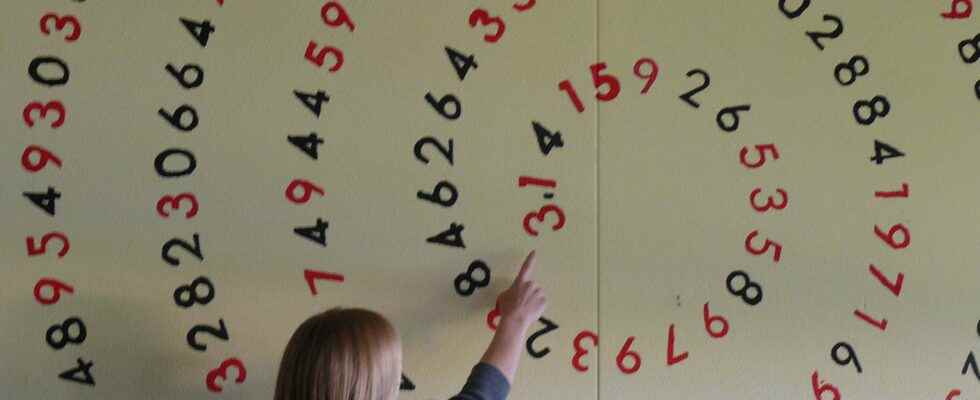Georges-Louis Leclerc, Comte de Buffon (1707 – 1788) is known as a naturalist, yet we also owe him an original way of calculating the number Pi… by throwing needles on the floor.
This type of method is widely used today in mathematics. We talk about Monte-Carlo methods, in homage to this high place of chance.
Question from Buffon
In 1777, buffon raises the following problem: if we throw a needle of length l on a wooden floor whose slats are of width a (with l ≤ a), what is the probability p so that the needle falls astride two slats? “.
Surprising as it may seem, the answer involves the Pi number : the probability is equal to 2 I divided by pi has. This result gives an amazing way to calculate Pi by throwing needles on a wooden floor.
Needle jets
Carrying out Buffon’s experiment is not very complicated, just a bit tedious. Before reporting some historical results, note that the phenomenon does not depend on the scale used. The result is only a function of the ratio the. It turns out that several experimenters used separate ratios, here are their results:
- in 1850, Wolf threw 5,000 needles 8 units long on a floor whose slats were 10 units wide (ratio 0.8). He found 2,532 intersections;
- in 1855, Smith threw 3,204 needles (ratio 0.6) and found 1,218 intersections;
- in 1860, de Morgan threw 600 needles (ratio 1) and found 382 intersections;
- in 1864, Captain Fox threw 1,030 needles (ratio 0.75) and found 489 intersections;
- in 1901, Lozzerini threw 3,408 needles (ratio 0.83) and found 1,808 intersections;
- in 1925, Reina threw 2,520 needles (ratio 0.5419) and found 859 intersections.
We won’t name all the other brave and patient needle throwers but we get Pi values between 3.13 and 3.17; which corresponds well to reality but shows that it takes a very large number of jets to obtain a very low precision.
Monte Carlo methods
The calculation methods thus relying on the chance are called Monte Carlo methods. John von Neumann (1903 – 1957) recommended their use within the framework of the Manhattan project of construction of the first atomic bomb.
Learn more about Hervé Lehning
Normalien and agrégation in mathematics, Hervé Lehning taught his discipline for a good forty years. Mad about cryptography, member of the Association of encryption and information security reservists, he has in particular pierced the secrets of Henri II’s cipher box.
- His blog MATH’WORLD on Futura
- the latest book by Hervé Lehning :
Also to discover: The universe of secret codes from Antiquity to the Internet published in 2012 by Ixelles.
Interested in what you just read?
Subscribe to the newsletter Fun math : every week, Futura deals with a math question for the enjoyment of 7 to 77 year olds. All our newsletters
